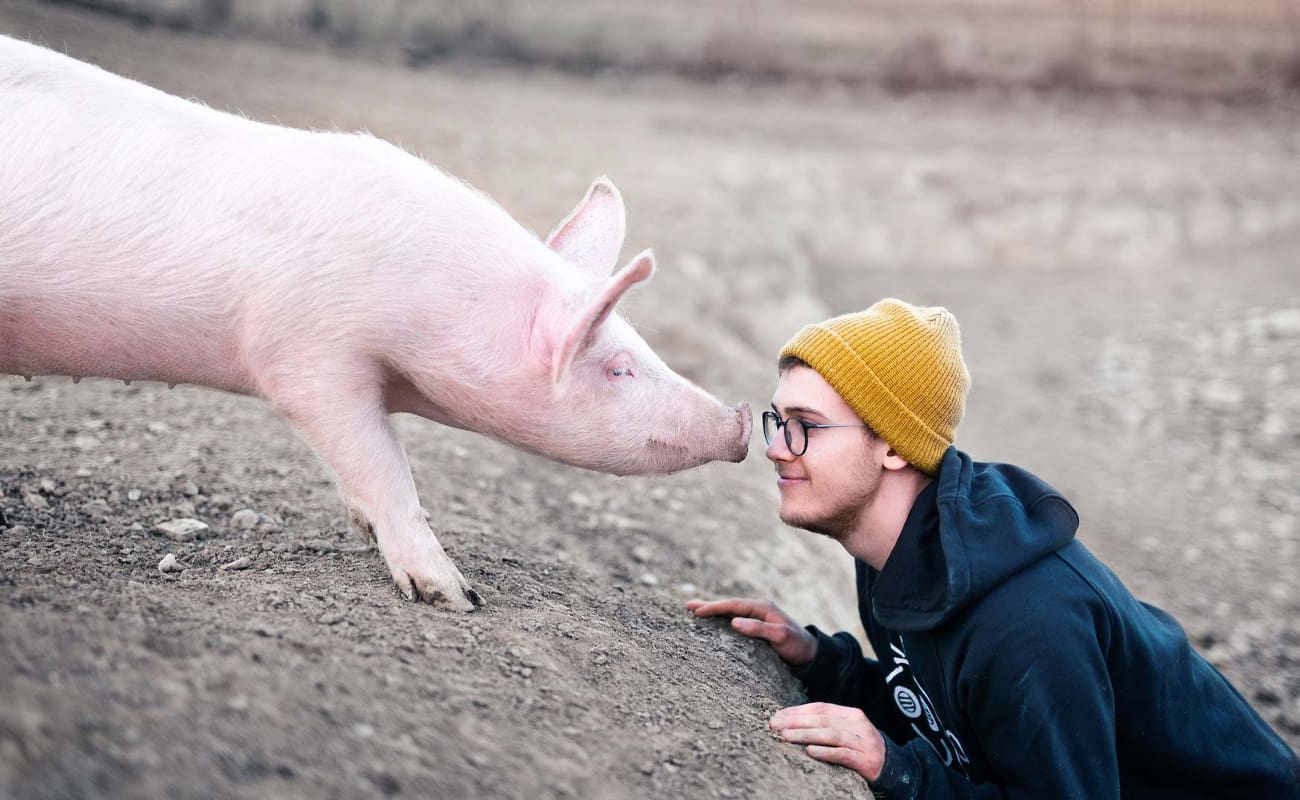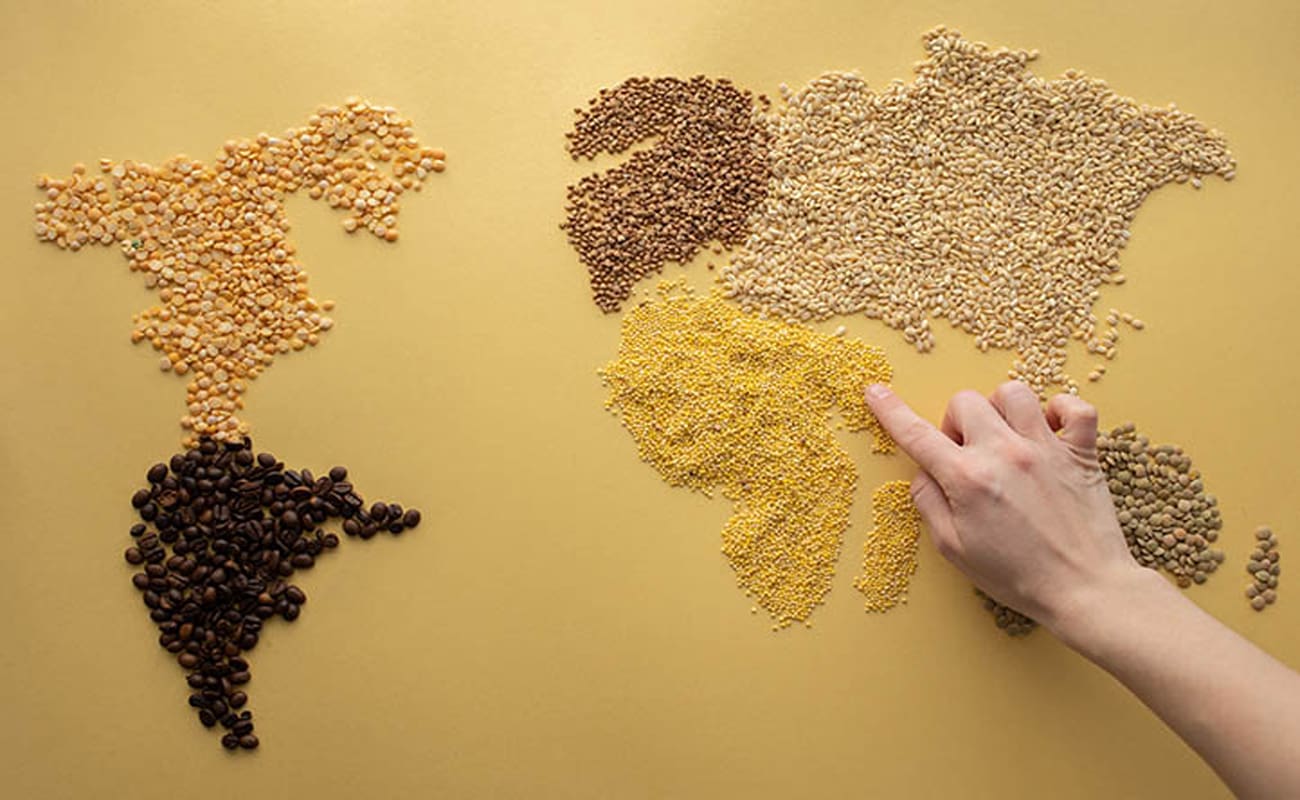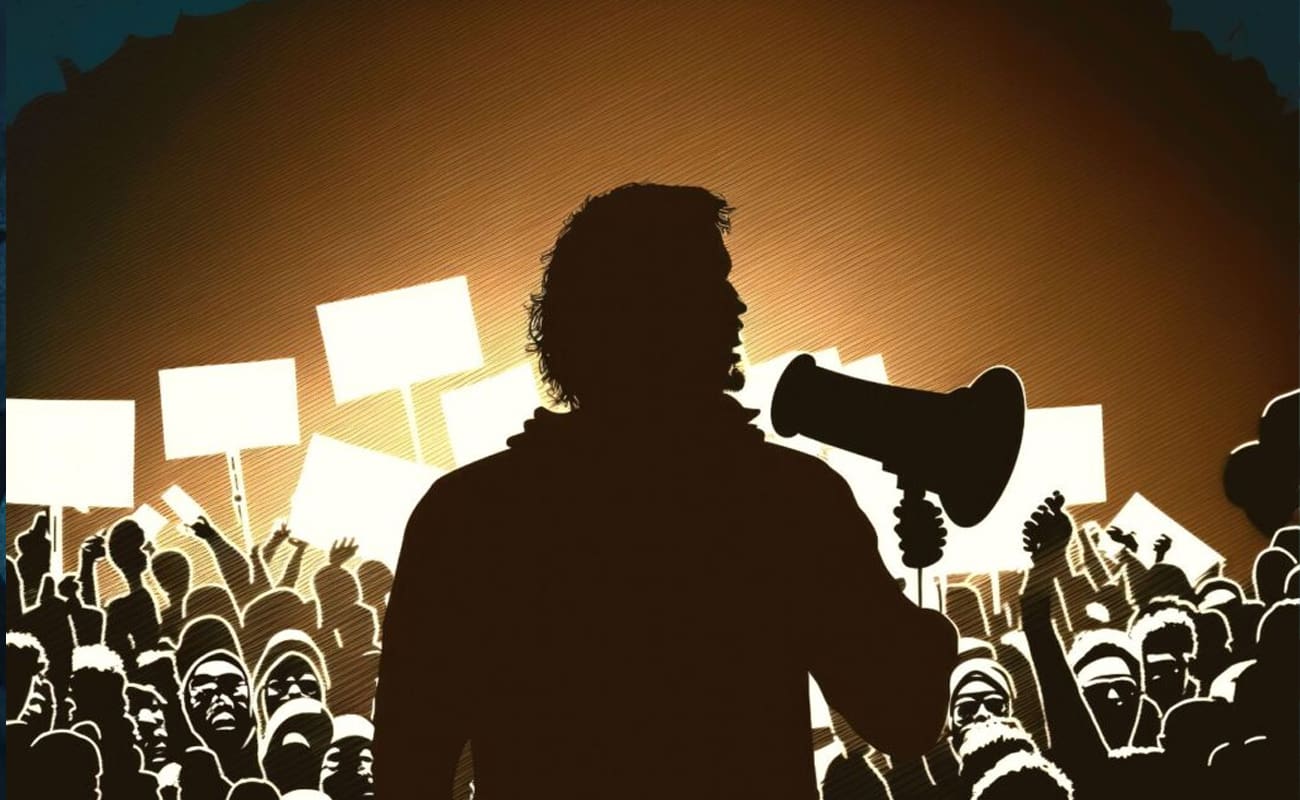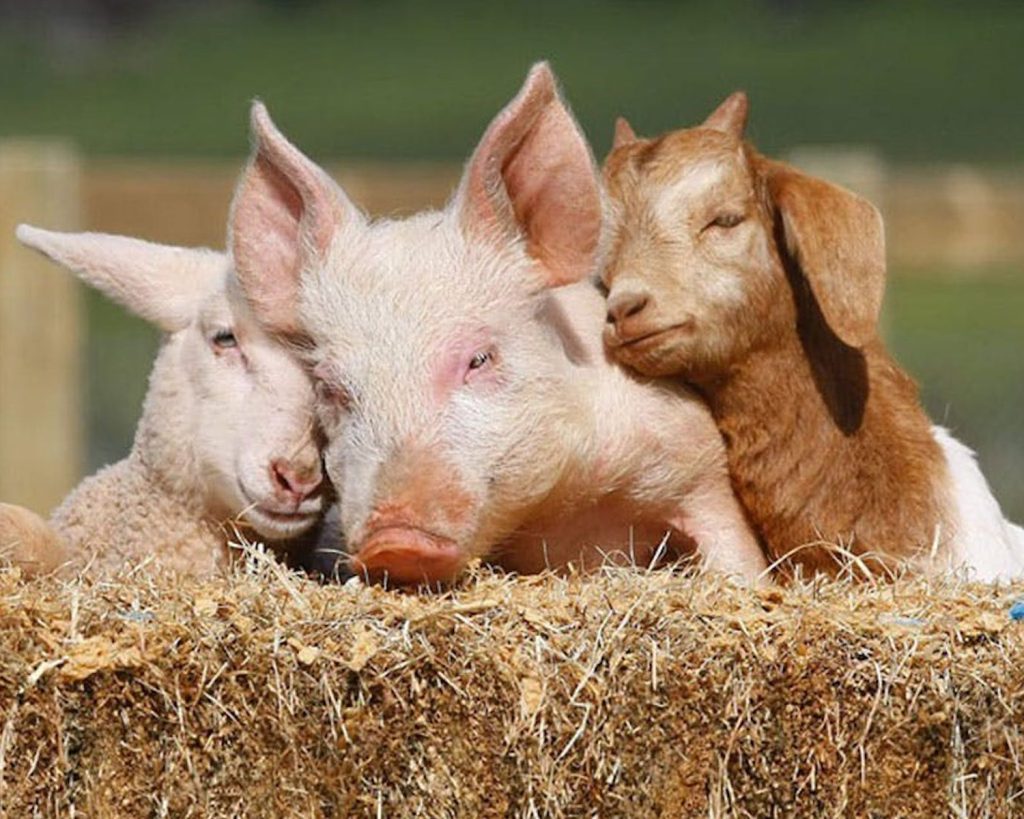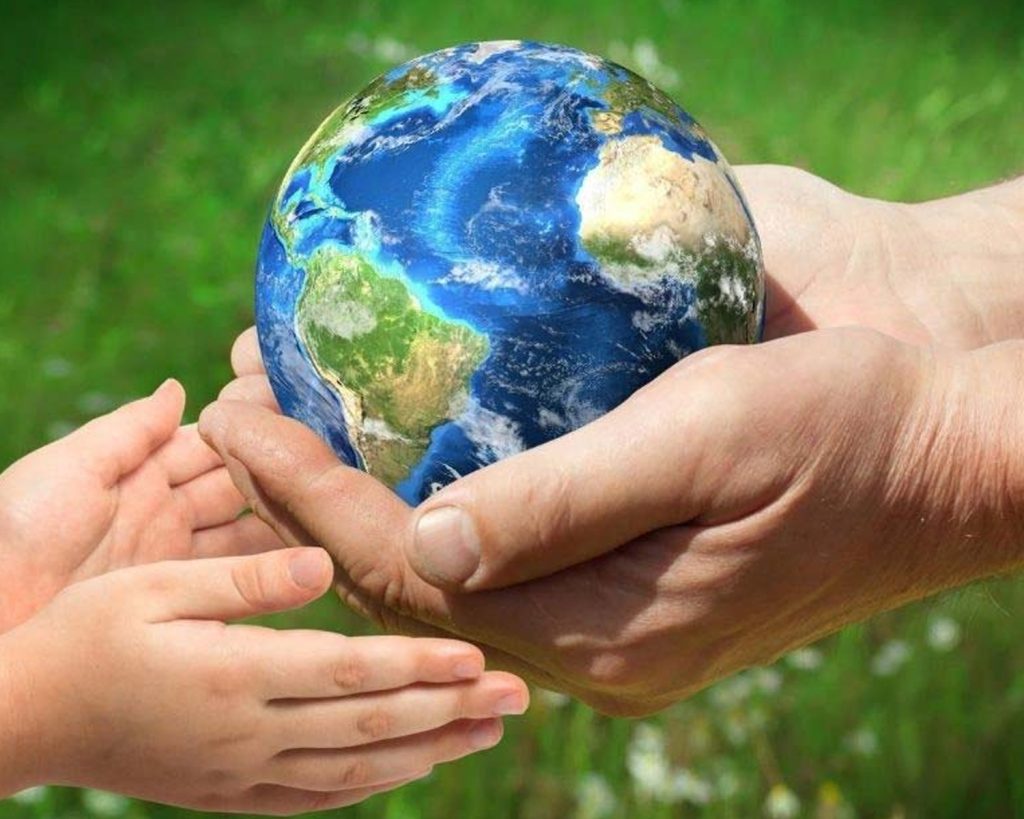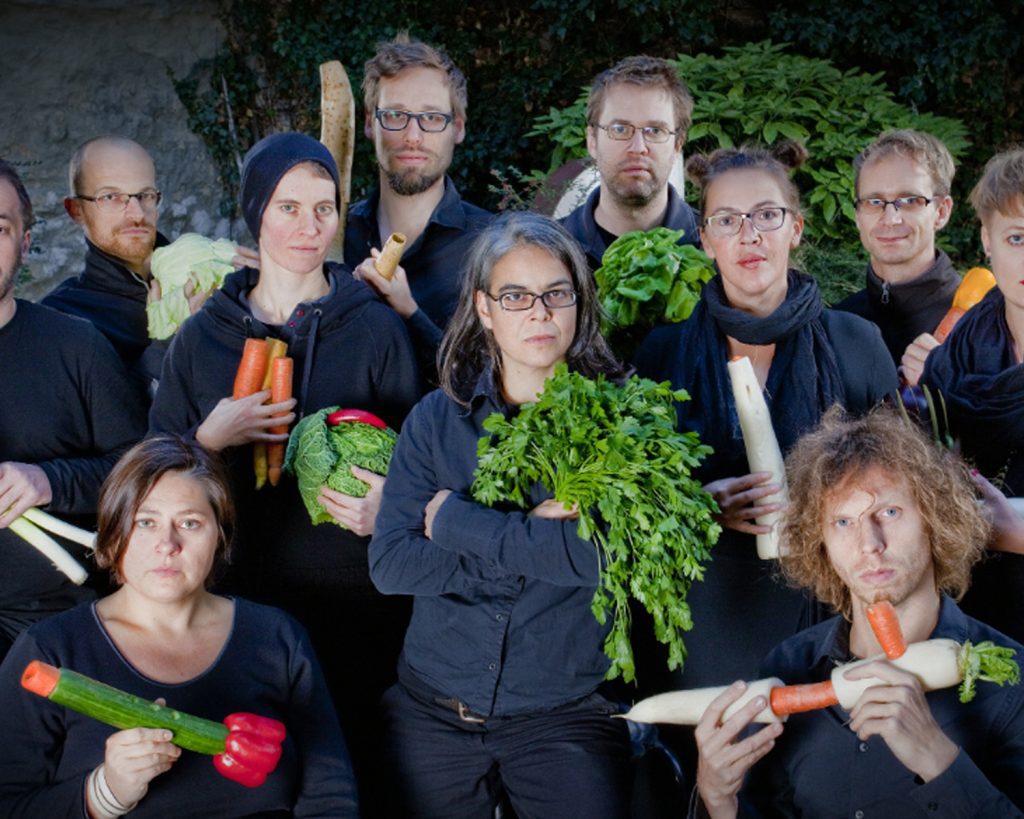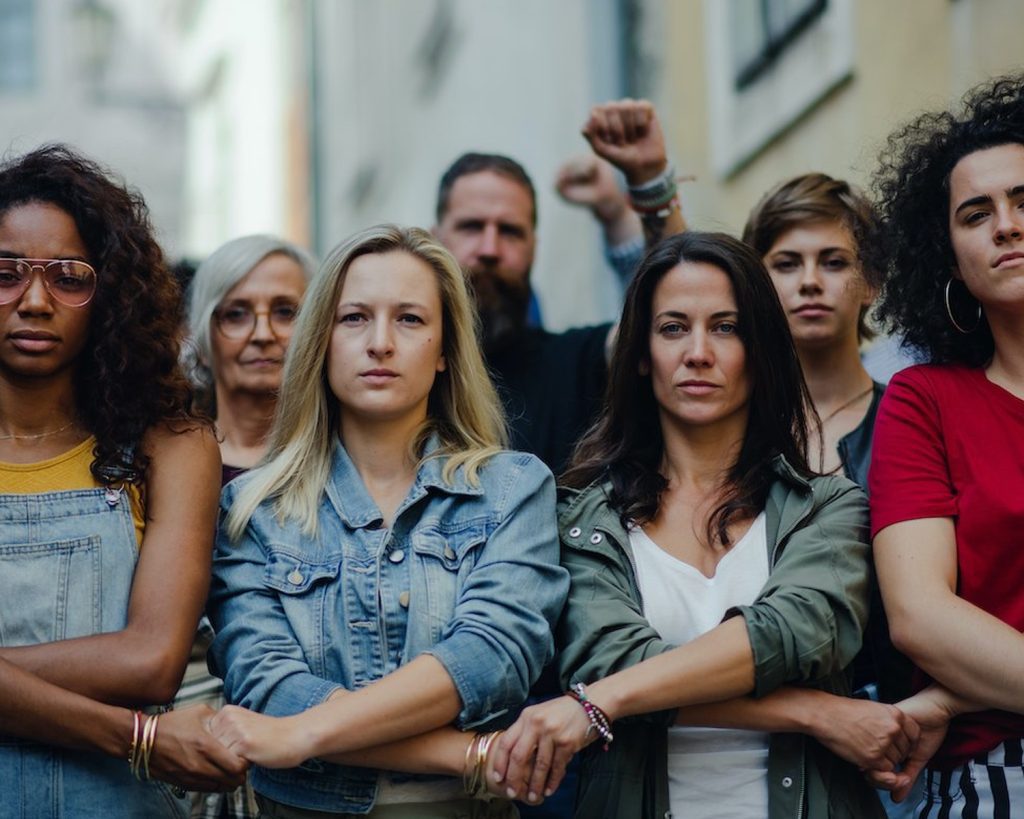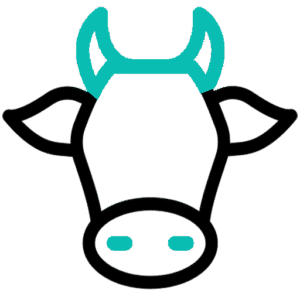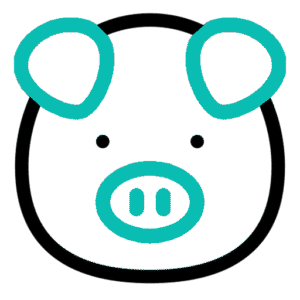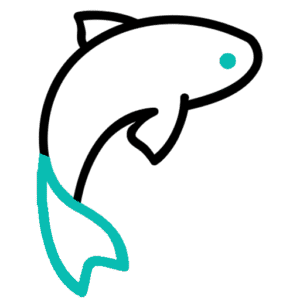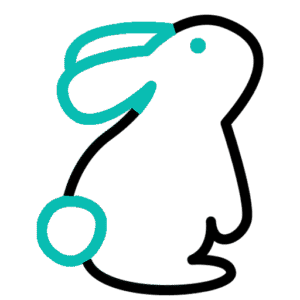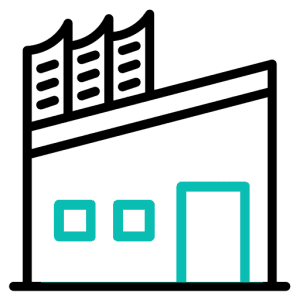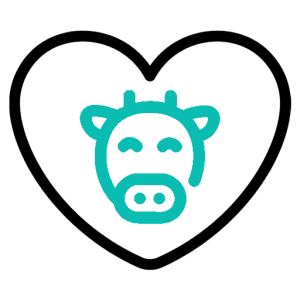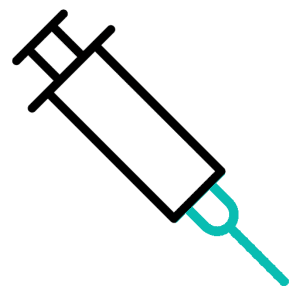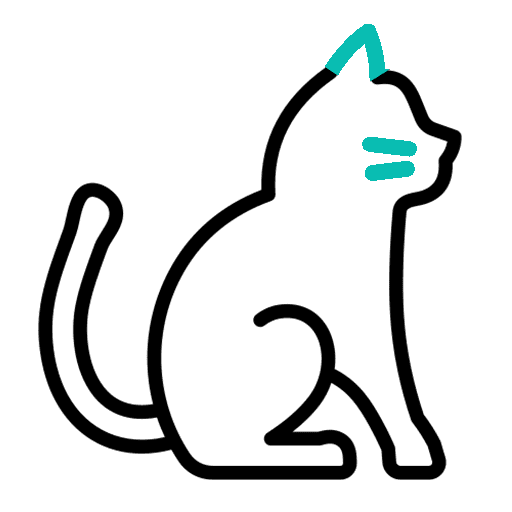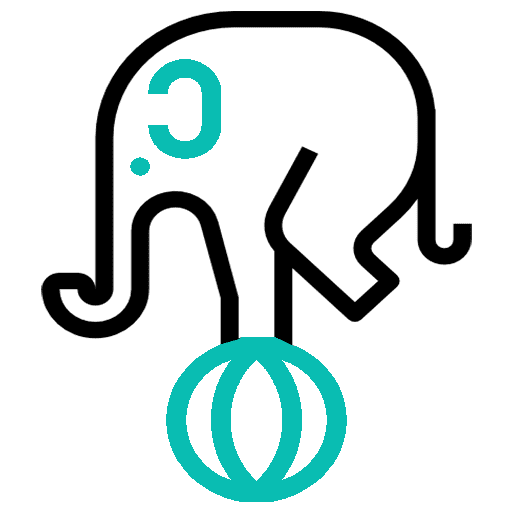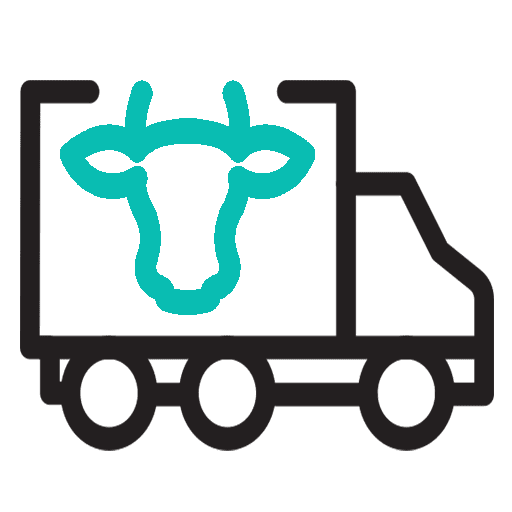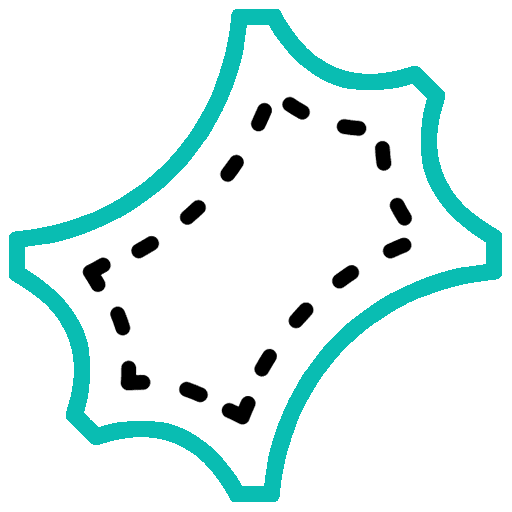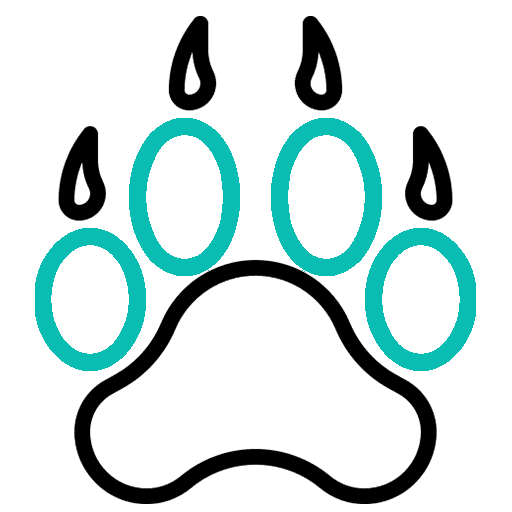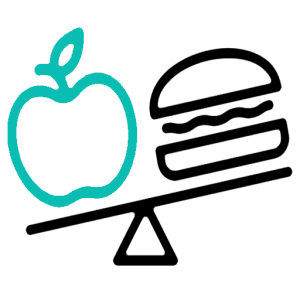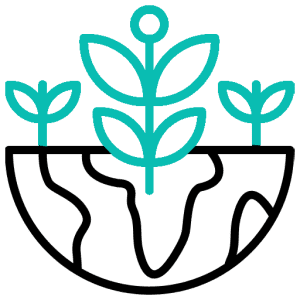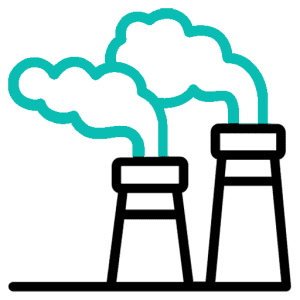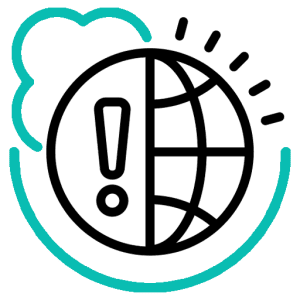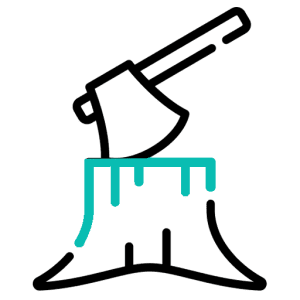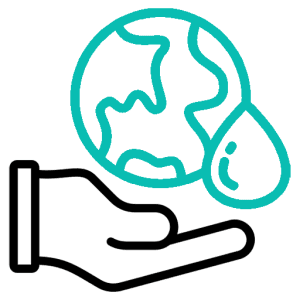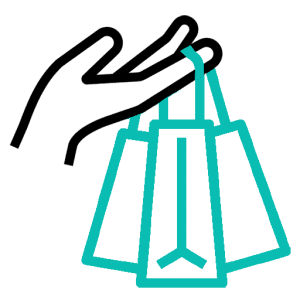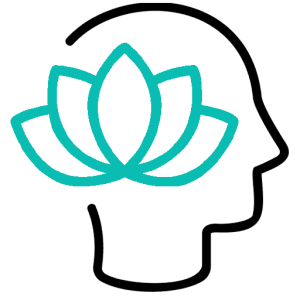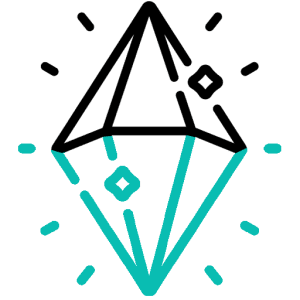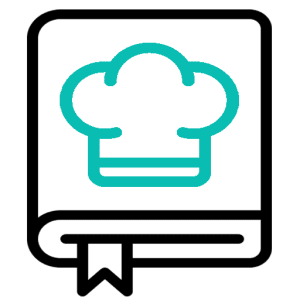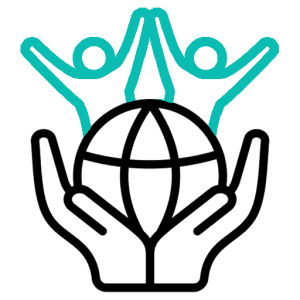The Social Justice category deeply examines the intricate and systemic links between animal welfare, human rights, and social equity. It reveals how intersecting forms of oppression—such as racism, economic inequality, colonialism, and environmental injustice—converge in the exploitation of both marginalized human communities and non-human animals. This section highlights how disadvantaged populations often face the brunt of industrial animal agriculture’s harmful impacts, including environmental pollution, unsafe working conditions, and limited access to nutritious and ethically produced food.
This category emphasizes that social justice is inseparable from animal justice, arguing that true equity requires recognizing the interconnectedness of all forms of exploitation. By exploring the shared roots of systemic violence against vulnerable humans and animals, it challenges activists and policymakers to adopt inclusive strategies that address these overlapping injustices. The focus extends to how social hierarchies and power dynamics sustain harmful practices and prevent meaningful change, underscoring the need for a holistic approach that dismantles oppressive structures.
Ultimately, Social Justice advocates for transformative change—promoting solidarity across social and animal rights movements, fostering policies that prioritize fairness, sustainability, and compassion. It calls for creating societies where dignity and respect extend to all beings, acknowledging that advancing social justice and animal welfare together is crucial to building resilient, equitable communities and a more humane world
The relationship between animal cruelty and child abuse is a topic that has garnered much attention in recent years. While both forms of abuse are disturbing and abhorrent, the connection between them is often overlooked or misunderstood. It is important to recognize the link between animal cruelty and child abuse, as it can serve as a warning sign and an opportunity for early intervention. Research has shown that individuals who commit acts of violence against animals are more likely to also perpetrate violence against humans, particularly vulnerable populations such as children. This raises questions about the underlying causes and risk factors for both forms of abuse, as well as the potential ripple effect on society as a whole. This article will delve into the complex relationship between animal cruelty and child abuse, exploring the prevalence, warning signs, and potential implications for prevention and intervention. By examining this connection and shedding …


